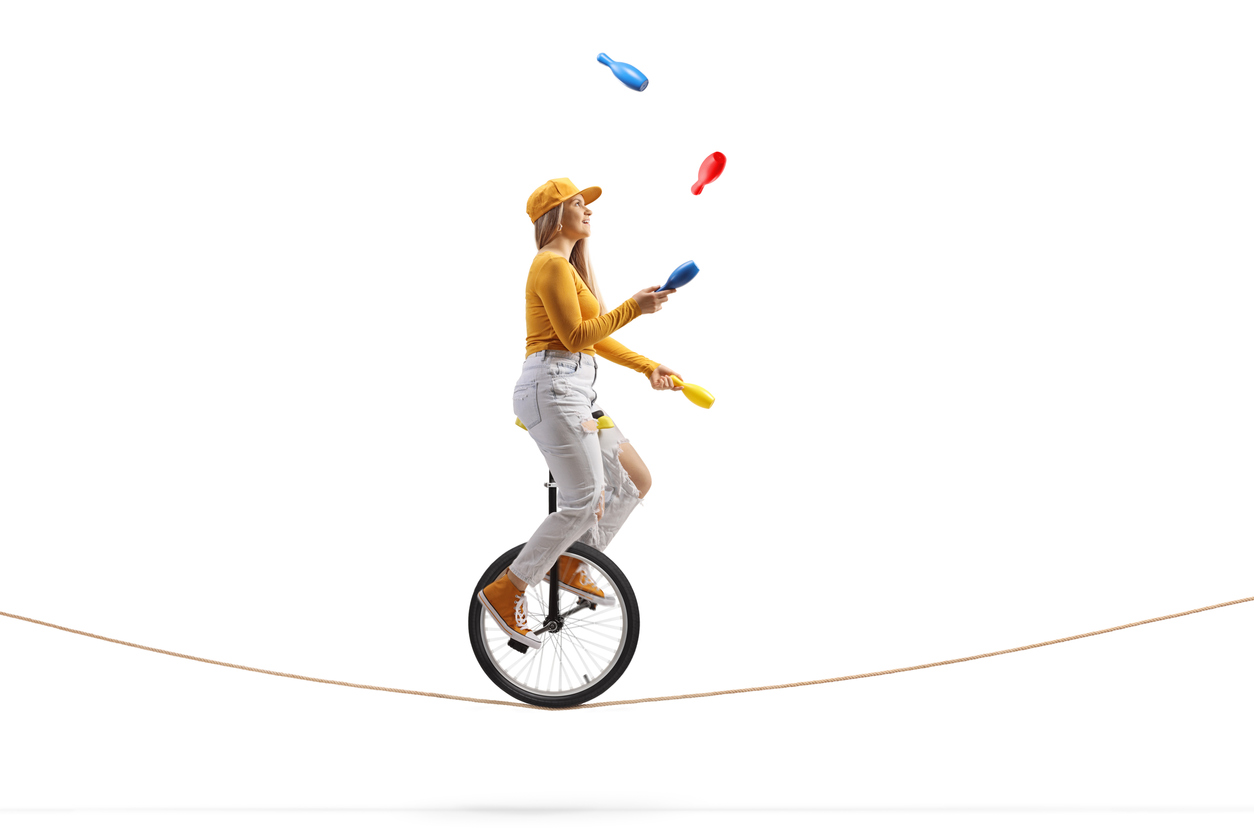How do I do the job of three people?
In Cameroon, counsellors are supposed to work closely with 300 pupils. But a shortage of counsellors means that they’re more likely to be working with 900

Sponsored by
In Cameroon, school counsellors are trained by the government and posted to work in public schools.
Public schools – especially those in urban areas – usually have more than 3,000 students on their rolls. My school has a student population of 3,200.
The counsellor-student ratio in Cameroon is supposed to be one counsellor for every 300 students. However, as a result of understaffing among counsellors, this ratio is rarely respected. In my school, there are four counsellors for 3,200 students.
My biggest challenge as a counsellor has always been this issue of understaffing. Each one of the four of us has to work with close to 800 students every academic year.
Being able to attain our objectives by reaching as many students as possible and creating impact is therefore not an easy task.
The main goals of school counselling in Cameroon are :
- To improve academic performance.
- To ensure the emotional and psychological well-being of the students.
- College and career counselling.
- Research.
The following are the ways in which I work to overcome the challenge of understaffing, to reach and help as many students as I can.
1. Classroom sessions
Each counsellor has six hours of classroom sessions a week. I am able to choose which classes I work with each academic year.
So I make sure to choose classes strategically. I always choose Form 1. Form 1 is the first class of secondary school – I consider it a foundational class. It is important to lay a solid foundation in these young children as far as counselling is concerned.
Coming from primary school, where there are no counsellors, these children need to know what counselling is about, as well as what role the counsellor can play in their lives, in the school and in education as a whole.
I might not teach them the following year, but they can always come to me for information and other services. I make sure that, from the moment they start at the school, they know who I am and what I do.
I also choose Form 3. Form 3 is an intermediary class in junior secondary. In Form 3, students have to make a crucial choice: they have to choose between STEM and literary subjects. The choices they make in Form 3 will affect what they study through high school and into college.
It is important for me to be present to guide students through this important decision-making stage of their academic journey, so that they can make informed decisions, leading to the right choices for them.
2. Educational talks
These are exchanges that counsellors have with students, parents or both on topics such as academic performance, study techniques, college and career choice, sexuality and drug consumption.
Sometimes these talks are initiated by our senior leadership team (SLT); sometimes the SLT makes suggestions that we follow up. We draw on the knowledge and experience of teachers, some members of SLT, parents, alumni from our school and other schools, representatives from universities and experts from different fields.
These educational talks enable us to reach a larger number of students that we would otherwise be unable to speak to during class sessions or one-to-one conversations.
3. Alumni
Most alumni from our school who are studying medicine or engineering, or who are enrolled in technical institutions, have set up structures and chat groups where they work with students, providing them with information about universities and higher institutions of learning, as well as careers. They also offer preparatory classes for the different entrance exams required by these university faculties and institutions.
Our role as counsellors is to inform students about these chat groups and classes, and to encourage them to sign up, in order to work closely with the alumni. This takes some of the pressure off us directly.
4. Out-of-school events
We encourage students to attend college and career fairs, to visit organisations and to take up work-shadowing opportunities. These opportunities allow students – especially students we don’t see in classroom sessions – to find out more about universities and specific careers. The SLT in my school always puts at our disposal the means and logistical support necessary to attend out-of-school events – though sometimes this is provided by the universities and institutions themselves.
5. School clubs
We encourage students to join some of the many clubs run by our school, so they can develop hobbies and passions – which may, in turn, help them to find their career paths or make it easier to decide on best-fit university courses.
For example, students with an interest in business can join the entrepreneurship club. Club members work on different projects and topics and present their projects to school assemblies or other youth gatherings.



